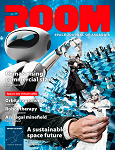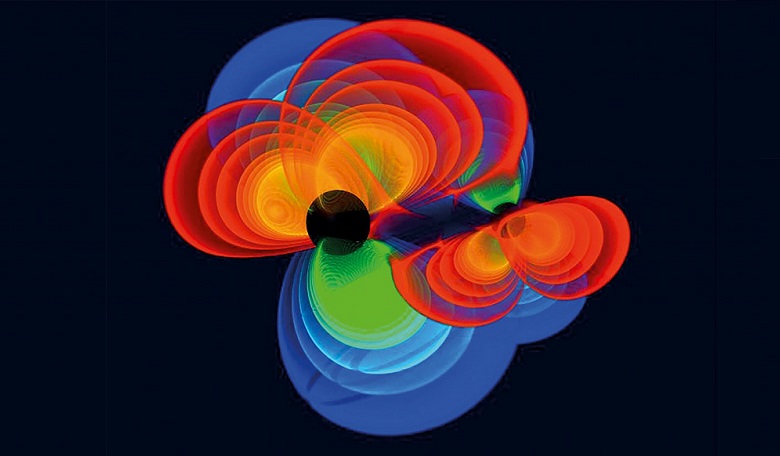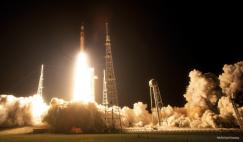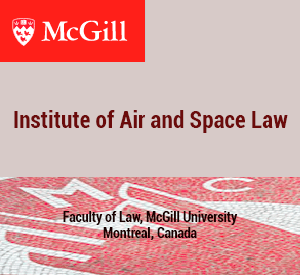LISA Pathfinder was a pioneering ESA technology demonstration mission with a European and NASA payload. Launched in December 2015, its aim was to put two test masses in a near-perfect gravitational free-fall and control and measure their motion with unprecedented accuracy, testing the technology needed to develop future spaceborne gravitational wave detectors. LISA Pathfinder is paving the way for ESA’s Laser Interferometer Space Antenna (LISA), the first gravitational wave observatory in space, planned for launch in the 2030s. Here, Andreas Rudolph presents an overview of the successful and highly unusual mission and looks ahead to LISA.
Gravitational waves are ripples in the curvature of space-time produced by accelerations of massive celestial bodies such as orbiting pairs of black holes, compact binaries or other astrophysical objects. Albert Einstein postulated the existence of gravitational waves from his theory of general relativity (1915). Ground-based detectors can only measure the high frequency band of gravitational waves. A first direct detection on ground took place in September 2015, leading to the award of the Nobel Prize in physics in 2017 (Weiss, Barish & Thorne).
However, to observe lower frequency gravitational waves in the range from 10-4 to 10-1 Hz a space-based detector, undisturbed by ground motion, is required. The principle of such an observatory is that free-falling test masses, which are isolated from all external forces, will move along geodesics of the curved space-time. If a gravitational wave travels in the neighbourhood of these test masses then a tidal effect will occur and this will result in a change in distance between the two test masses. The variation in distance is only in the order of pico-metres (10-12 m) over a million kilometres but it can be measured with a high-resolution laser interferometer.














